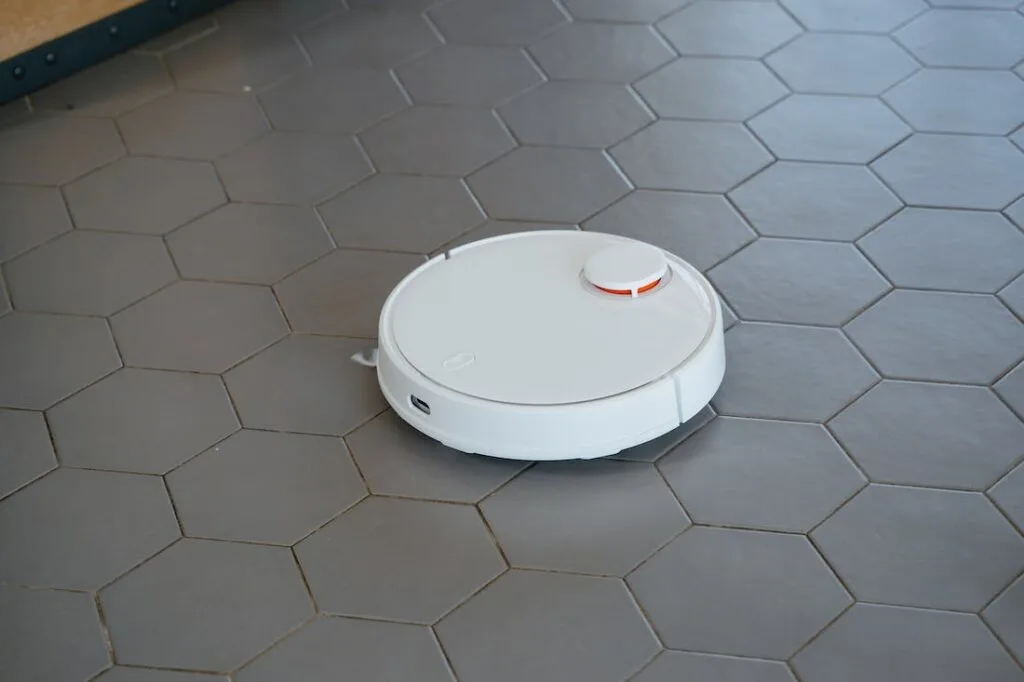This post may contain affiliate links. I only recommend products I use and love. Read the full disclosure here
Last Updated on October 26, 2023 by Alaina
The evolution of home appliances has been nothing short of remarkable. From the days of manually-operated tools to the present where brands like Tineco are leading the charge in smart appliance innovation, the transformation is both evident and awe-inspiring.

Home appliances, which were once mere tools for convenience, have become intelligent companions that not only simplify our lives but also offer increased efficiency and sustainability.
Historical Glimpse: Simple Beginnings
A look back in time reminds us that home appliances began as simple gadgets that helped humans by reducing the physical toll of daily duties. For example, the crude washing boards used to clean clothes or the manual grinders used to make food. Electric power and mechanical ingenuity changed these instruments over the decades, resulting in the invention of the washing machine, electric oven, and many other household necessities.
The Digital Transformation: IoT and Beyond
The move from manual to electric home appliances was a tremendous step forward in technological innovation, providing amazing convenience. However, it was the incorporation of embedded electronics, followed by the arrival of the Internet of Things (IoT), that truly transformed the scene.
Instead of simply being tools, these appliances have evolved into interactive devices capable of learning and reacting to human behavior. They are able to anticipate demands, make real-time modifications, and even communicate seamlessly with other smart devices.
This advanced interconnection has brought in a new age in the home appliance industry, leading the way for smarter homes and more intuitive living spaces.
Case in Point: Modern-Day Wonders
Take, for example, today’s refrigerators. Modern refrigerators can keep track of expiration dates, recommend recipes based on available ingredients, and even purchase groceries when you are running low.
Similarly, vacuum cleaners, which were originally simple tools, have evolved into robotic devices that can roam homes independently, detecting dirt and avoiding obstructions. Some can even empty themselves and return to their charging stations without the need for human interaction.
Brands at the Forefront
Brands have played a critical role in helping this evolution of home appliances. Tineco, for example, has managed to establish a niche without being excessively promotional by offering devices that effortlessly mix technology and consumer needs. Their dedication to innovation exemplifies how companies can make an impact in the quickly changing world of home electronics.
Embracing Sustainability
Furthermore, considering the present worldwide emphasis on sustainability and environmental friendliness, new appliances are designed to be energy efficient. Because of the use of smart technology, these devices can optimize their operations, consuming only the necessary amount of power, and resulting in significant energy savings.
Integrated and Intuitive Future
As technology becomes more integrated into our daily lives, the lines between different gadgets become increasingly blurred. Home gadgets are no longer isolated entities; they are now essential components of bigger ecosystems. Because of this integration, our appliances can now “talk” to one another and work together.
Consider an alarm clock that, when you wake up, notifies your coffee maker to begin brewing or a washing machine that syncs with your calendar to determine the optimal time to begin a cycle depending on your schedule. This level of synchronization isn’t just for convenience; it’s also for creating a more harmonious living environment in which each device complements the others.
The AI Promise: Proactive Automation
As artificial intelligence and machine learning progress, the possibility for highly individualized experiences grows. Home appliances will be able to learn and adapt to individual preferences and routines rather than having universal settings or configurations.
Over time, these devices will anticipate and respond to user demands, often even before the user is aware of the need. Such proactive automation will reshape how we interact with household appliances, moving us away from a manual command setting and toward a more organic, intuitive relationship.
In Conclusion: Homes of the Future
To summarize, the evolution of home appliances is not a straight line from manual to smart. It’s a vibrant tapestry of innovation, interconnectedness, and personalization that weaves together technology, user requirements, and environmental sustainability.
As we stand at this crossroads, looking back and looking forward, our homes, driven by these new technologies, are on track to become more attuned, responsive, and harmonic extensions of ourselves.
